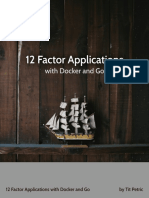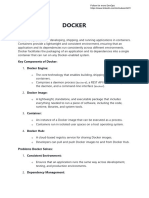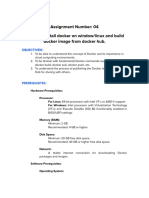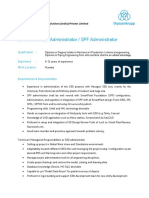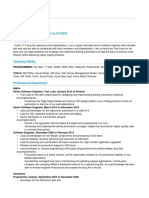0% found this document useful (0 votes)
23 views12 pagesDev Ops Assignment Steps
Uploaded by
2023mt03601Copyright
© © All Rights Reserved
We take content rights seriously. If you suspect this is your content, claim it here.
Available Formats
Download as PDF, TXT or read online on Scribd
0% found this document useful (0 votes)
23 views12 pagesDev Ops Assignment Steps
Uploaded by
2023mt03601Copyright
© © All Rights Reserved
We take content rights seriously. If you suspect this is your content, claim it here.
Available Formats
Download as PDF, TXT or read online on Scribd
/ 12




































